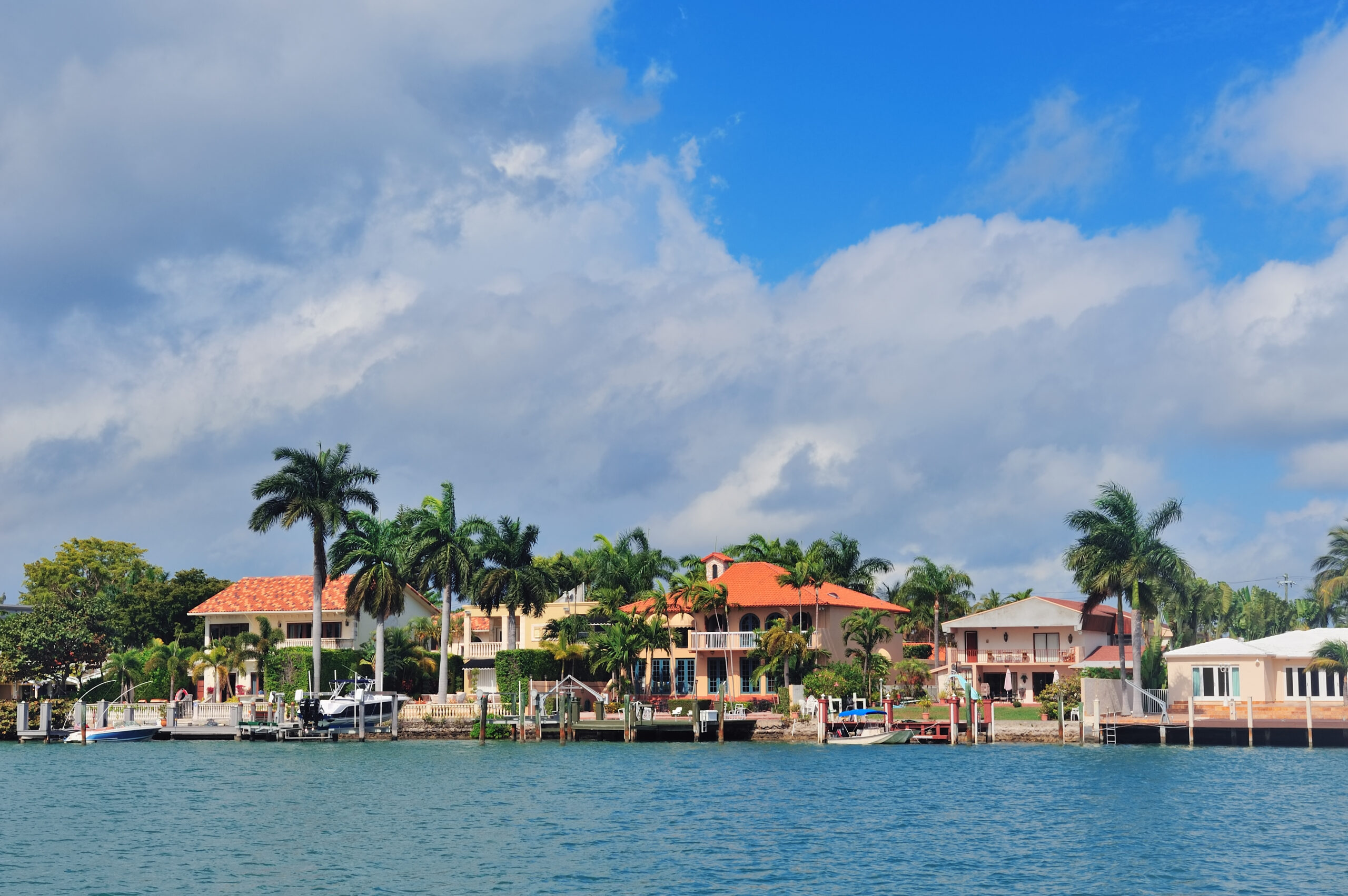Florida’s climate is known for its extreme heat, heavy rainfall, high humidity, and, of course, hurricane threats. Homeowners must choose roofing materials that can withstand these challenging conditions while providing durability, energy efficiency, and long-term value. If you’re considering a roof replacement or building a new home in Florida, here’s a look at the best roofing materials suited for the Sunshine State’s climate.
-
Metal Roofing
Why it Works in Florida:
Metal roofs are highly durable and can withstand Florida’s extreme weather, including high winds, heavy rain, and even hail. Most metal roofing systems are designed to resist winds up to 140 mph or more, making them a great option during hurricane season. Additionally, metal roofs reflect sunlight, which helps keep homes cooler and reduces energy costs.
Pros:
- Long lifespan (40-70 years)
- Highly resistant to wind and fire
- Energy efficient
- Lightweight and easy to install
Cons:
- Higher upfront cost than some other materials
- Can be noisy during heavy rain (though modern installations often have sound-deadening features)
-
Tile Roofing (Clay and Concrete)
Why it Works in Florida:
Tile roofs are a popular choice across Florida due to their resilience to harsh conditions, including wind, rain, and heat. Clay and concrete tiles are designed to withstand wind speeds over 100 mph and offer excellent resistance to heat, making them ideal for reducing cooling costs.
Pros:
- Long lifespan (50+ years)
- Highly resistant to rot and insect damage
- Excellent thermal performance, reducing cooling costs
- Attractive, traditional appearance
Cons:
- Heavier than other roofing materials (may require additional structural support)
- Higher initial cost
- Prone to cracking if struck by heavy debris
-
Asphalt Shingles
Why it Works in Florida:
Asphalt shingles are the most common roofing material in the United States due to their affordability and versatility. In Florida, opting for high-wind resistant shingles can make this option viable even during hurricane season. Many manufacturers offer shingles rated for wind speeds up to 130 mph.
Pros:
- Cost-effective
- Available in a wide variety of colors and styles
- Relatively easy to install and repair
- Wind-resistant options available
Cons:
- Shorter lifespan compared to metal or tile roofs (typically 15-20 years)
- May deteriorate faster due to intense Florida heat and humidity
- Less resistant to severe impact
-
Flat Roofs
Why it Works in Florida:
Flat roofs are common on commercial buildings and some residential properties. These roofs often use materials such as modified bitumen, single-ply membranes (TPO, EPDM), or built-up roofing. Flat roofs can be designed with drainage solutions to manage Florida’s heavy rains effectively.
Pros:
- Cost-effective for larger areas
- Easier to access and maintain
- Suitable for solar panel installations
- Can be coated with reflective materials for energy efficiency
Cons:
Prone to water pooling if not properly maintained
Shorter lifespan than some pitched roofing materials
Requires regular maintenance to prevent leaks and damage
-
Slate Roofing
Why it Works in Florida:
Although less common due to its cost, slate roofing is extremely durable and can withstand Florida’s heat and humidity. It is fireproof, rot-resistant, and highly attractive. Slate roofs can last over a century with proper maintenance.
Pros:
- Extremely durable and long-lasting (100+ years)
- Fire-resistant
- Aesthetic appeal and classic appearance
Cons:
- High initial cost
- Heavyweight, which may require structural reinforcement
- Difficult and expensive to repair or replace damaged tiles
Choosing the Right Material for Your Home
- When deciding on the best roofing material for your Florida home, consider the following factors:
- Climate and Weather Resistance: Ensure your roof can withstand high winds, intense heat, and heavy rain.
- Cost vs. Longevity: Balance the upfront costs with long-term value and durability.
- Energy Efficiency: Reflective materials can reduce cooling costs in Florida’s hot climate.
- Aesthetic Appeal: Consider the appearance that best matches your home’s architecture and neighborhood standards.
- Maintenance Needs: Some roofing materials require more regular upkeep than others.
Key Takeaway: Durable, Energy-Efficient, and Storm-Resistant
In Florida’s challenging climate, metal and tile roofs stand out for their durability against strong winds and heavy rain. However, asphalt shingles and flat roofs offer more affordable solutions while meeting specific performance needs. Make sure to consult with a trusted roofing professional to evaluate your home’s unique requirements and get the best value from your roofing investment.
Selecting the right roofing material will not only protect your home but also enhance its energy efficiency and curb appeal for years to come. Don’t wait—be proactive and invest in a roof built to handle Florida’s climate extremes!

